On September 20th Vishnu Bahadur Tamang, Chairman of Namkha Municipality in Nepal noticed the construction of at least nine buildings by Chinese workers on the Nepal side in the Humla District of Karnali Province, along the Nepalese side of the border with China.
The place the construction was taking place was around two kilometers inside Nepal from the border demaration line in the Lapcha- Limi area of Namkha Gaupalika, Humla.
Initially, PLA soldiers did not allow the villagers to enter the area.
As a result, Vishnu Bahadur Tamang complained to the local district officials.
Subsequently, a team was formed to probe the issue and submitted a report to the Home Ministry and Foreign Affairs Ministry of Nepal.
It is a known fact that over the years, China has been making efforts to construct inroads into the Lapcha-Limi area.
The location of the Chinese construction borders the Tibet Autonomous Region and has strategic significance as it offers a clear view of Kailash Mansarovar.
About ten years ago, China had previously constructed a building in the area.
When local opposition grew, China pacified Nepal saying that it was a veterinary centre for animals, and would benefit the people of both countries.
Meanwhile, more recent reports indicate that China has diverted the course of rivers to
enable the construction of roads in Tibet which in turn led to changes in the course of the river along the Nepal border.
This enabled China to occupy the land near the river, and claim it to be a part of its territory.
A report prepared by the Survey Department of Nepal’s Agriculture Ministry lists 10 places consisting of 33 hectares of Nepalese land wherein China has diverted the river and claimed the area as a natural boundary.
The document has further warned that Nepal would lose more land in the future if corrective measures are not taken in time.
The report also cautioned that over a period of time, China may set up Border Observation Posts in these newly discovered territories.
During the visit of a team led by a Chief District Officer on September 20th Chinese security officials made a claim of one more kilometer from the area as their territory.
However, Nepalese officials pointed out that its territory extends two kilometers north from the area.
On sensing trouble brewing, more Chinese security personnel arrived via truck, tanker and in a jeep. They then used megaphones to request the Nepalese officials go to the border for talks, as ‘this’ was Chinese territory.
Nepalese officials tried to convince the Chinese personnel otherwise, but the Chinese personnel showed them a map and claimed the land as their own.
Chakka Bahadur Lama, the MP for Humla pointed out that the border pillar number 11 went missing resulting in the dispute.
The pillar was damaged during road construction in Nepalese territory about twelve years ago. Both countries had agreed to ascertain the location of the missing pillar in 2015, but without any follow-up thereafter.
Nepalese officials insisted that a line drawn from the last existing pillar towards the location of the missing pillar confirmed the disputed area as falling inside Nepalese territory.
The very thin presence of Nepalese security personnel in the border compared to the
heavy deployment of troops on the Chinese side has repeatedly been exploited for encroachment purposes by China, and now, Chinese have built concrete buildings.
The latest Chinese claim has triggered a row between the two countries leading to spontaneous agitations in front of the Chinese embassy in Kathmandu, with one such demonstration held on September 23rd.
The videos posted on social media from the protest showed the Nepalese protesters raising slogans demanding Chinese cease the illegal occupation of land by China.
Not just on land, China has of late been projecting its power globally even in
places like the South China Sea (SCS).
Recently, on August 26th , China undertook military exercises around the Paracel Islands by firing four medium range ballistic missiles.
Beijing has been making expansive territorial claims in the SCS wherein Vietnam, Philippines, Malaysia, Taiwan and Indonesia already have maritime claims to the sea.
China uses the nine-dash line, tracing it to its usual rhetoric of dynastic times to claim almost 90% of the ocean.
In typical Chinese style, the nine-dash line cuts into other countries’ Exclusive Economic Zones and energy rich areas.
The Pentagon termed the Chinese exercise (of August 23rd – 29th) near the Paracels as the latest in a long string of Chinese actions to assert unlawful maritime claims, trespassing on the areas of its southeast Asian neighbours.
Beijing continues its illegal activities in the SCS in spite of a unanimous decision in 2016, by an Arbitral Tribunal constituted under the 1982 Law of the Sea Convention to which the PRC is a state sized party.
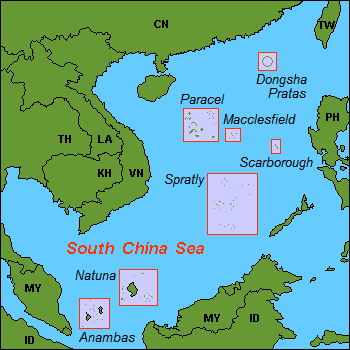
China has no legal grounds to unilaterally impose its will on the region.
In the 36th ASEAN Virtual Summit on July 01st, 2020 ASEAN countries joined
Vietnam and the Philippines in rejecting Chinese activities in the SCS based on this 1982 UNCLOS.
These countries warned China about creating tension in the region having a bearing in their relationship with Beijing.
The Philippines criticized the exercise by China as `highly provocative’ while Vietnam called it a `serious violation of Vietnam’s sovereignty’.
Going beyond, in the hills, China has been playing the battle for the heights in
Ladakh since early May 2020, by crossing the Line of Actual Control in India, with the Chinese military occupying Indian land between the Finger 4 and Finger 8 areas.
Since, China has been bluntly refusing to vacate the occupied areas.
President Xi ordered (on May 25th) the Chinese armed forces to strengthen the training of troops and to be ready for war, probably exploiting the situation arising from the ongoing coronavirus pandemic’s impact.
When the Galwan Valley clash occurred (June 15th), the world realized that India was willing to take on the PLA militarily, and PLA intrusions into Ladakh were not a localized operation since they were spread across different PLA units under Beijing’s Western Theatre Command.
This escalation in tension is a sign of the times to come, as China tries its best to gain all tactical advantage possible in eastern Ladakh.
The incidents in Nepal, Bhutan, India, the South China Sea, Hong Kong and the Taiwan
Strait have time and again reminded the world that many agreements and pacts with
China fail to hold back aggressive Chinese moves.
China has consistently raised artificial territorial controversies across the globe, ignoring existing international legal frameworks.
Now, it is the turn of Nepal to stand up and fight the Chinese.
About the author: Nadir Ali Wani is a resident of Hawal in Srinagar the capital of Jammu and Kashmir. He holds a Masters degree in Conflict Studies and International Relations from Jawahar Lal Nehru University New Delhi.
Mr. Ali has an abiding interest in the study of conflicts in South Asia with a particular interest in International politics to do with China, Islam, and Kashmir.
He worked as a Research Assistant to Professor Amitabh Mattoo at JNU, New Delhi while conducting dialogue with various members of civil society and with the Kashmiri leadership.
He is a prolific writer with articles published across Europe, the USA, Indonesia, Taiwan and elsewhere.
Mr. Ali is currently Director of the Center for Peace and Justice – a research-based group in Srinagar, which is a non-profit organization and NGO known for its efforts in youth development in Kashmir.
He has no political affiliation.
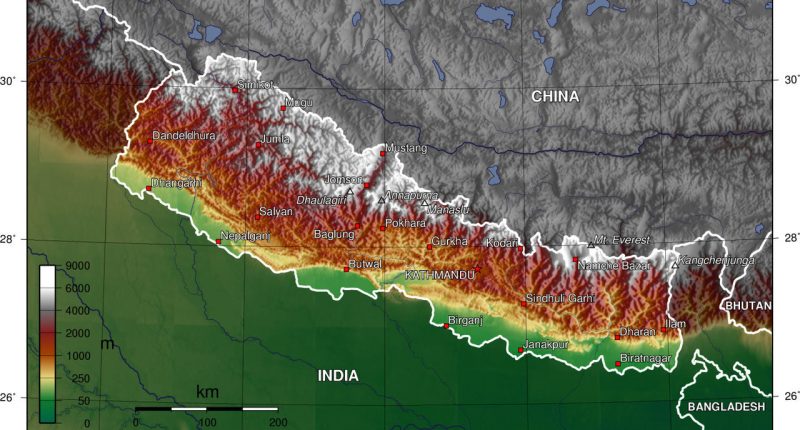

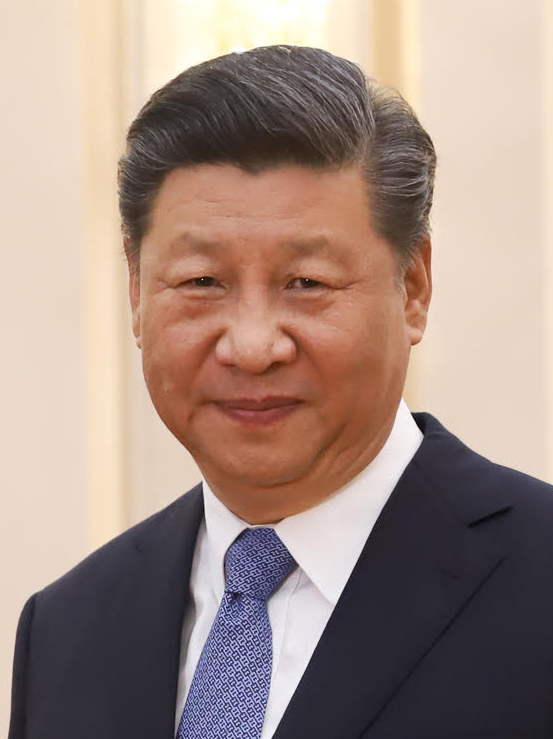

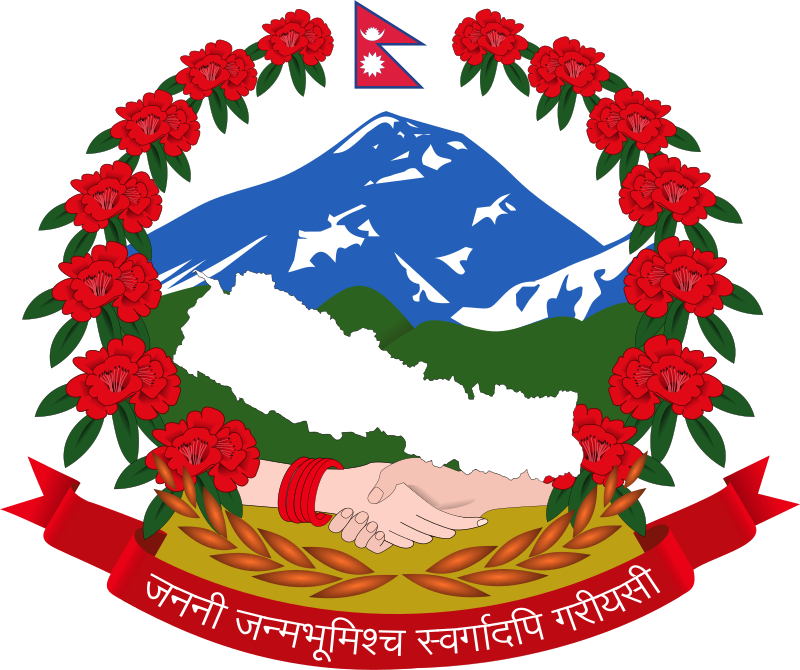
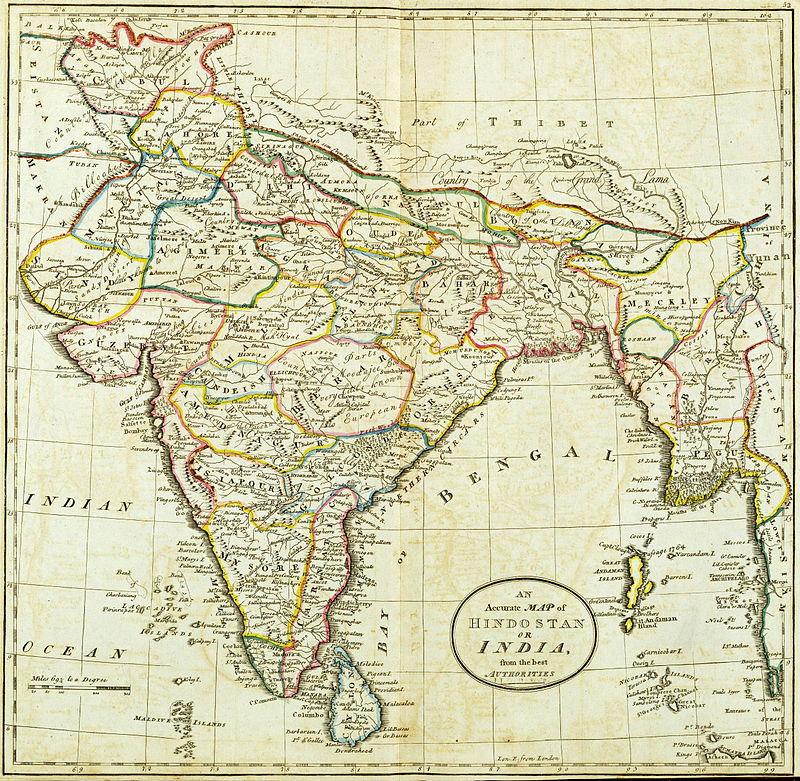
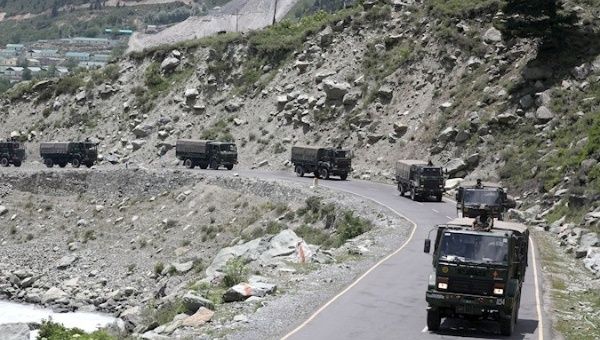








Comments are closed.